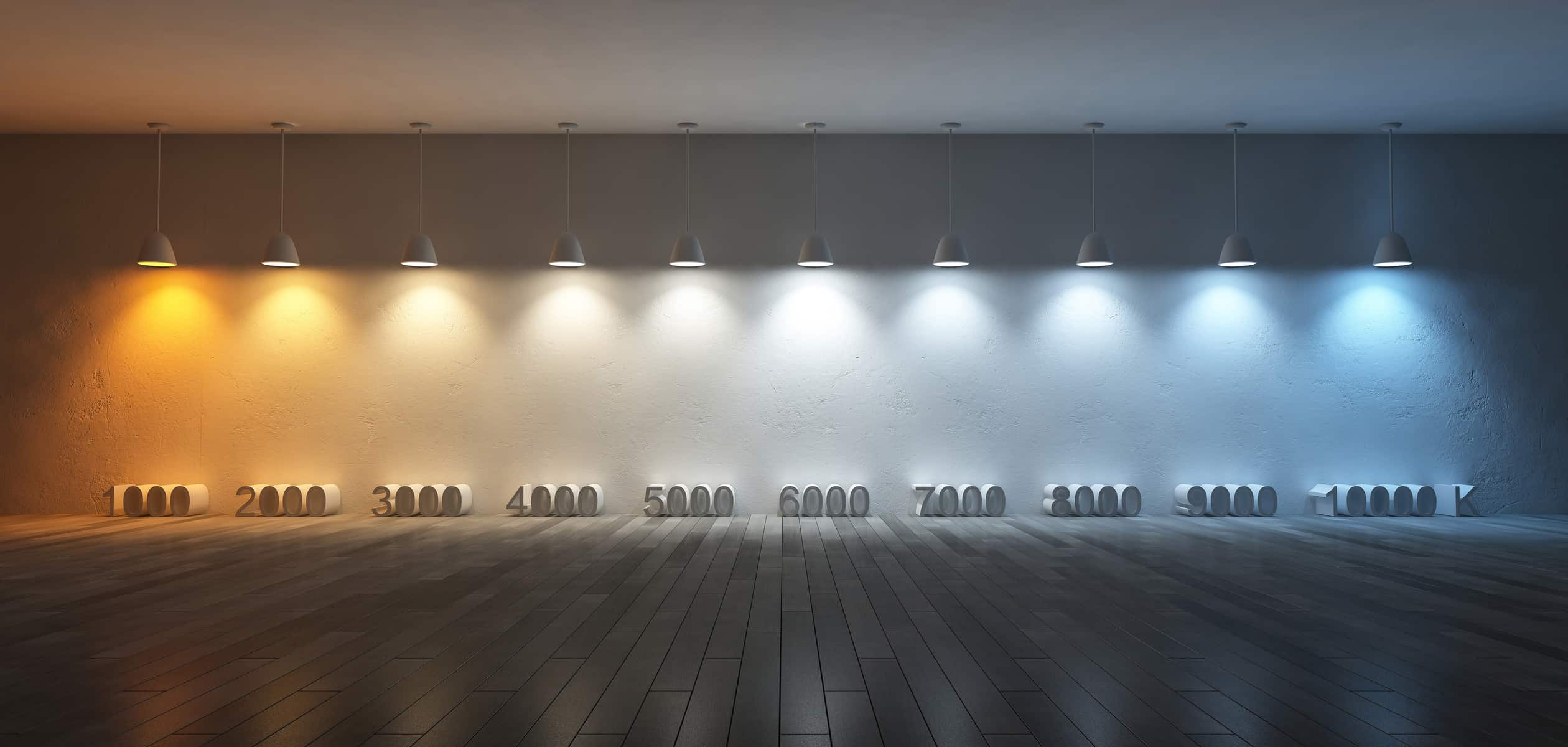Ian F said:
Be sure to pay attention to the "color" of the LED lamps. Sometimes listed as "warm white" or whatever, the technical term is Kelvin and goes from around 3000K to 5000K. The lower the number, the "warmer" or less blue the light output will be. The higher the number, the more accurate visual colors will appear.
This is close but not exactly true. Here's a chart that explains it generally:

Also, here's a really good reference image:

Color rendition is related to but separate from color temperature. Thanks to the sun and a hundred years of incandescent lighting, we're happiest in the 3000K-4500K range. Sunlight is really quite green but we've evolved to see that as 'natural'. Because it is radiated by an actual, heated element, incandescent and halogen lights tend to be a little on the yellower side of the spectrum.
Warm white and lower-K LEDs try to mimic this but because they are electronically based rather than resistance based, their 'yellow' light almost always contains a lot of weird blue / purple overtones that are entirely missing from incandescent / halogen sources. This makes even the warmest-white, yellowish LEDs have a green or purple overcast to them (oddly enough, 'warmer' light is from a lower Kelvin temperature source than 'cooler' light).
For example, about 10 years ago I put LED undercounter lighting in my kitchen. I used 3000K units because I prefer warm, incandescent light and I wanted it to look inviting rather than clinical. When the undercabinet lights are on they match well with the halogen downlights. Most food items look pretty good under them, particularly fruits and vegetables... but meats turn purple. Because of the blue overtones hidden in the LED drivers, almost all meat looks undercooked when you're slicing it. I've gotten used to it, but it's not great. Someday I will replace them with more modern LEDs, but that's low on the list.
But higher Kelvin temperature does NOT mean more accurate color. It's perfectly possible to get terrible color out of cheap, inaccurate LED sources all across the spectrum. There is a separate measurement for that called Color Rendering Index or CRI. That is on a scale from 0-100, and the closer the rating is to 100, the better and more accurately the colors of illuminated objects will appear. Incandescent / halogen light sources are the bench standard for color rendition because their output is very very consistant across all wavelengths of light in their their spectrum. LEDs and other fluorescent sources, on the other hand, gust around wildly through the spectra:

So, to get the best performance from LED lighting, you need to spend the money for high-CRI LED lamps that have had their drivers tuned to normalize their output across the spectrum. At least where it matters - I don't give much of a crap in my basement, and in my garage, I'm mostly concerned about lumen output (brightness).
When shopping for LED lamps for living spaces, pick the color temperature that appeals to you most based on your personal preference - I like to be around 3000K. Then look at the detailed information and go for the highest CRI you are willing to pay for for the given application.








































